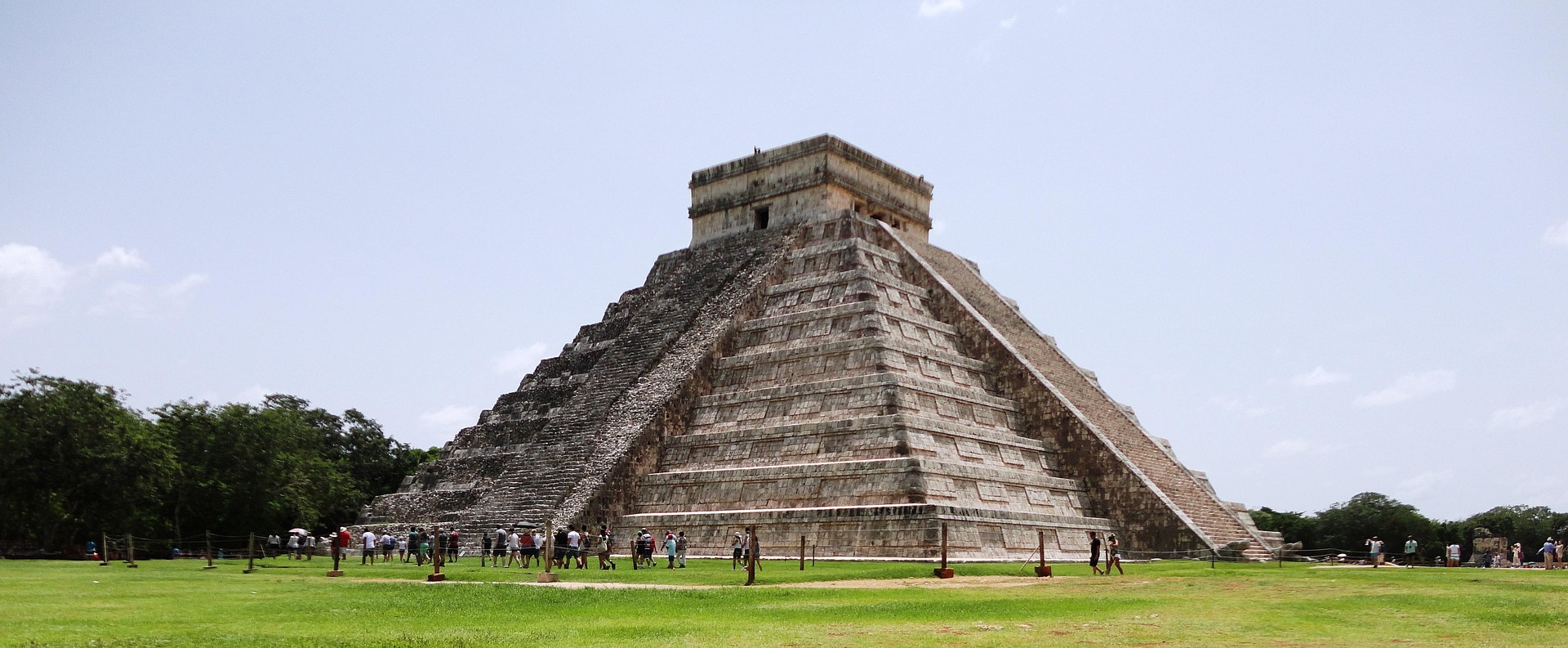Cancun, a jewel of Mexico’s Yucatán Peninsula, is globally celebrated for its stunning beaches, vibrant culture, and thriving tourism industry. However, as the world shifts toward sustainable practices, Cancun is also making strides in adopting electric vehicles (EVs) to reduce its carbon footprint and preserve its natural beauty. This article provides an in-depth analysis of the types of EVs available in Cancun, the factors driving their adoption, the current state of charging infrastructure, and the future outlook for electric mobility in the region.
Types of Electric Vehicles in Cancun
Electric vehicles are available in diverse types, designed to meet a range of needs and preferences. In Cancun, the following types of EVs are gaining popularity:
1. Battery Electric Vehicles (BEVs)
BEVs are entirely electric vehicles that run solely on rechargeable batteries. They produce zero tailpipe emissions, making them ideal for urban environments like Cancun. Popular models include:
- Tesla Model 3: Known for its long range and advanced technology, the Tesla Model 3 is a favorite among eco-conscious tourists and locals.
- Nissan Leaf: A more affordable option, the Nissan Leaf is widely used for short commutes and city driving.
- Chevrolet Bolt: With its compact design and impressive range, the Bolt is another popular choice in Cancun.
2. Plug-in Hybrid Electric Vehicles (PHEVs)
PHEVs integrate an internal combustion engine with an electric motor and battery, providing the flexibility to operate on electricity for short distances and switch to gasoline for longer journeys. This makes them particularly suitable for tourists who may need to travel outside the city. Popular models include:
- Toyota Prius Prime: Known for its reliability and fuel efficiency.
- Hyundai Ioniq Plug-in: A stylish and practical option for families and businesses.
3. Hybrid Electric Vehicles (HEVs)
HEVs use both an internal combustion engine and an electric motor but cannot be plugged in to charge. Instead, they generate electricity through regenerative braking. While not fully electric, HEVs are a stepping stone toward full electrification and are widely used in Cancun’s taxi and rental car fleets. Examples include:
- Toyota Corolla Hybrid: A cost-effective and fuel-efficient option.
- Honda Accord Hybrid: Known for its comfort and performance.
4. Electric Scooters and Bikes
For short-distance travel, electric scooters and bikes are a convenient and eco-friendly option. These are particularly popular among tourists exploring Cancun’s Hotel Zone or downtown area. Brands like Xiaomi, Segway, and Bird dominate this market, offering affordable and easy-to-use options.
5. Electric Buses and Shuttles
Cancun is also exploring the use of electric buses and shuttles for public transportation. These vehicles are ideal for reducing emissions in high-traffic tourist areas and improving air quality. Companies like BYD and Proterra are leading the charge in providing electric buses for urban transit.
EV Adoption in Cancun: Drivers and Challenges
Drivers of EV Adoption
- Tourism Industry Demand: Cancun’s tourism industry is a significant driver of EV adoption. Tourists increasingly prefer eco-friendly transportation options, prompting hotels, resorts, and car rental companies to invest in EVs.
- Government Incentives: The Mexican government, along with local authorities, is offering incentives such as tax breaks, reduced import duties, and subsidies for EV purchases. These incentives make EVs more accessible to both locals and businesses.
- Environmental Awareness: Cancun’s residents and businesses are becoming more environmentally conscious, recognizing the need to protect the region’s natural beauty and reduce carbon emissions.
- Cost Savings: With rising fuel prices, EVs offer long-term cost savings on energy and maintenance, making them an attractive option for locals and businesses alike.
- Corporate Commitments: Major companies operating in Cancun, including hotel chains and car rental agencies, are committing to sustainability goals, further driving EV adoption.
Challenges
- High Initial Costs: Despite incentives, the upfront cost of EVs remains a barrier for many consumers. However, financing options and leasing programs are helping to mitigate this issue.
- Limited Model Availability: While major brands like Tesla and Nissan are present, the variety of EV models in Cancun is still limited compared to markets like the U.S. or Europe.
- Range Anxiety: Concerns about the limited range of EVs and the availability of charging stations can deter potential buyers. However, the growing charging infrastructure is helping to alleviate these concerns.
- Lack of Awareness: Many consumers are still unaware of the benefits of EVs or the incentives available to them. Education and outreach efforts are needed to address this gap.
Charging Infrastructure in Cancun
The development of a robust charging infrastructure is critical to the success of EVs in Cancun. Here’s an in-depth look at the current state and future prospects:
Current Charging Infrastructure
- Public Charging Stations: Cancun has seen a steady increase in public charging stations, particularly in high-traffic areas like the Hotel Zone, downtown Cancun, and near major tourist attractions. Companies like Tesla, ChargePoint, and Electrify America are leading the charge in installing fast chargers.
- Hotel and Resort Chargers: Many luxury hotels and resorts in Cancun have installed EV chargers to cater to eco-conscious guests. These chargers are often complimentary for guests, adding to the convenience. Examples include the Ritz-Carlton, Hyatt Ziva, and Moon Palace Resorts.
- Shopping Malls and Parking Lots: Major shopping centers, such as La Isla Shopping Village and Plaza Las Américas, have begun offering EV charging stations, encouraging shoppers to adopt electric vehicles.
- Airport Chargers: Cancun International Airport has also installed EV chargers, catering to travelers who rent electric vehicles or use EV taxis.
Types of Chargers
- Level 1 Chargers: These are basic chargers that use a standard 120-volt outlet. They are slow but suitable for overnight charging at home or hotels.
- Level 2 Chargers: These 240-volt chargers are faster and commonly found in public spaces, hotels, and shopping malls. They can fully charge an EV in 4-6 hours.
- DC Fast Chargers: These high-powered chargers can charge an EV to 80% in just 30 minutes. They are ideal for busy areas and long-distance travel.
Future Prospects
- Expansion Plans: The Mexican government and private companies have announced plans to expand the charging network across Cancun and the Riviera Maya. This includes installing more fast chargers along major highways and tourist routes.
- Renewable Energy Integration: Cancun’s abundant sunshine makes it an ideal location for solar-powered charging stations. Integrating renewable energy into the charging infrastructure will further enhance the sustainability of EVs.
- Smart Charging Solutions: The adoption of smart charging systems, which optimize charging times based on grid demand and energy prices, is expected to grow in the coming years.
- Partnerships with Private Sector: Collaborations between the government, automakers, and energy companies are expected to accelerate the development of charging infrastructure.
Environmental and Economic Impact
The adoption of electric vehicles in Cancun has the potential to significantly reduce greenhouse gas emissions and improve air quality, particularly in high-traffic tourist areas. Additionally, the shift toward EVs can stimulate the local economy by creating jobs in the manufacturing, maintenance, and charging infrastructure sectors. Furthermore, the use of renewable energy for charging stations aligns with Cancun’s commitment to sustainability and environmental preservation.
Future Outlook
Cancun is well on its way to becoming a model city for electric vehicle adoption in Mexico. With a growing variety of EV options, increasing environmental awareness, and expanding charging infrastructure, the region is poised to lead the charge toward sustainable transportation. However, addressing challenges such as high costs, range anxiety, and lack of awareness will be crucial to ensuring widespread adoption.
Key Trends to Watch
- Increased Collaboration: Partnerships between the government, private sector, and international organizations will play a key role in accelerating EV adoption.
- Technological Advancements: Innovations in battery technology and charging infrastructure will make EVs more accessible and convenient.
- Tourism-Driven Growth: As more tourists demand eco-friendly transportation options, the tourism industry will continue to drive EV adoption in Cancun.
- Policy Support: Continued government support through incentives and regulations will be essential for the long-term success of EVs in the region.
Conclusion
Cancun’s embrace of electric vehicles is a testament to its commitment to sustainability and innovation. By investing in EVs and charging infrastructure, the region is not only preserving its natural beauty but also paving the way for a cleaner, greener future. As Cancun continues to lead by example, it sets a benchmark for other tourist destinations worldwide, proving that sustainability and luxury can go hand in hand. The road ahead is electrifying, and Cancun is at the forefront of this transformative journey.



Pingback: Electric Vehicles in Singapore: A Comprehensive Overview - Tech Master Online